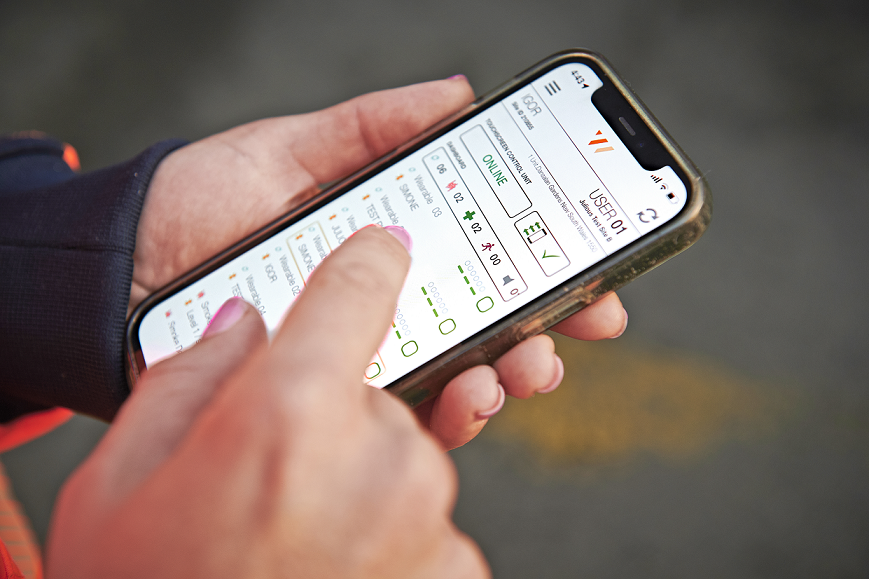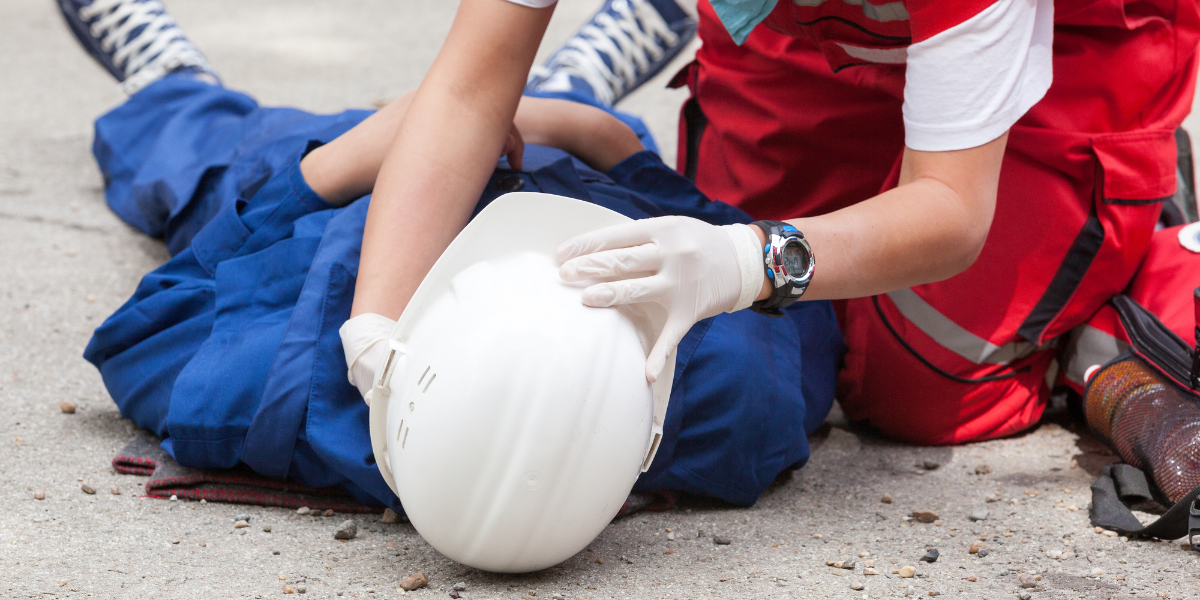When it comes to construction sites, safety and health should always be the top priority. With the construction industry facing its fair share of hazards, it's crucial for construction safety professionals to employ a systematic approach such as the Hierarchy of Controls.
What Is It?
The Hierarchy of Controls categorizes control measures into five levels, each with varying degrees of effectiveness. The framework was developed in the United States by the National Institute for Occupational Safety and Health (NIOSH), however it offers an effective method to mitigate hazards and ensure the well-being of workers for any business in any country or state.
Elimination
The first level is elimination, which involves identifying and removing hazards entirely from the construction site or the project's design phase. This could mean switching to non-toxic, water-based chemicals or working closely with architects and engineers to eliminate potential safety hazards.
Risks to do with unsafe worker behaviour could also be eliminated. If a construction site is demonstrating that it prioritises worker safety with a robust emergency alert system, workers are influenced to put safety at the forefront of their mind. Installation of safety stations that include a nurse call system or evacuation system with large, colourful signage acts as a regular visual cue of the business' commitment to safety.
Substitution
If elimination is not possible, the next level is substitution. This control measure focuses on replacing hazardous materials, equipment, chemicals, or processes with safer alternatives. For example, using prefabricated components can eliminate the need for certain construction tasks and reduce on-site hazards.
Another example could be if the site is using air horns. This basic - and potentially risky - emergency event communication method could be substituted with a wireless evacuation trigger and siren system, or a nurse call system with smartphone app integration that communicates with emergency response personnel about what action is required. A system that prioritises clear event communication in place of a singular sound is much safer.
Engineering
Engineering controls come next, and they involve modifying the construction environment or equipment to reduce the potential for accidents. Installing guardrails, ventilation systems, and noise-reducing barriers are some examples of engineering controls that create physical barriers to prevent workers from encountering hazards.
An integral part of site design is where to install evacuation triggers, evacuations sires, and nurse call triggers. These installations might be permanent or temporary, so it's important to plan what will happen to the hardware as the site progresses, or how the evacuation system or nurse call system will need to evolve to accommodate new structures and levels. Storerooms can be protected with smoke detectors and crane operators and night shift workers can be protected with wearable nurse call triggers which they can use if in distress.
Administrative Controls
The fourth level is administrative controls, which address the human aspect of safety and health management. This includes implementing work practices and policies to limit exposure to hazards, such as rotating workers to minimise their exposure or conducting safety training.
Vanguard Wireless recognise the importance of worker training, particularly as our systems are used in emergencies, which can be an extremely stressful situation. We supply a range of supporting materials that are used by our customers to induct their workers on how to:
- Trigger a nurse call alert
- Trigger an evacuation alert
- Respond to a nurse call alert
- Respond to evacuation sirens
- End an evacuation
Personal Protective Equipment
Finally, personal protective equipment (PPE) serves as the last line of defense. While it should never be the primary means of ensuring safety, PPE is essential for protecting workers when other control measures are insufficient. It includes items like hard hats, safety goggles, gloves, earplugs, and respirators.
It's important that your workplace provides properly fitting PPE with choices that include requirements for all workers.
Regularly Review Your Emergency Plans
By embracing the Hierarchy of Controls, construction companies, regardless of their size, can prioritise safety and health in their project planning. This not only protects workers but also contributes to increased productivity, reduced costs, and a positive reputation for the industry. Ultimately, a successful construction project goes beyond completing it on time and within budget - it ensures that everyone involved returns home safely at the end of each day.
Your EHS or OHS teams should be reviewing your emergency plans regularly which should include how the business - and its workers - raise an evacuation or nurse call alert, or communicate quickly about what action is required. To learn more about how smart evacuation and nurse call systems contribute to your overall workplace emergency planning click here.


